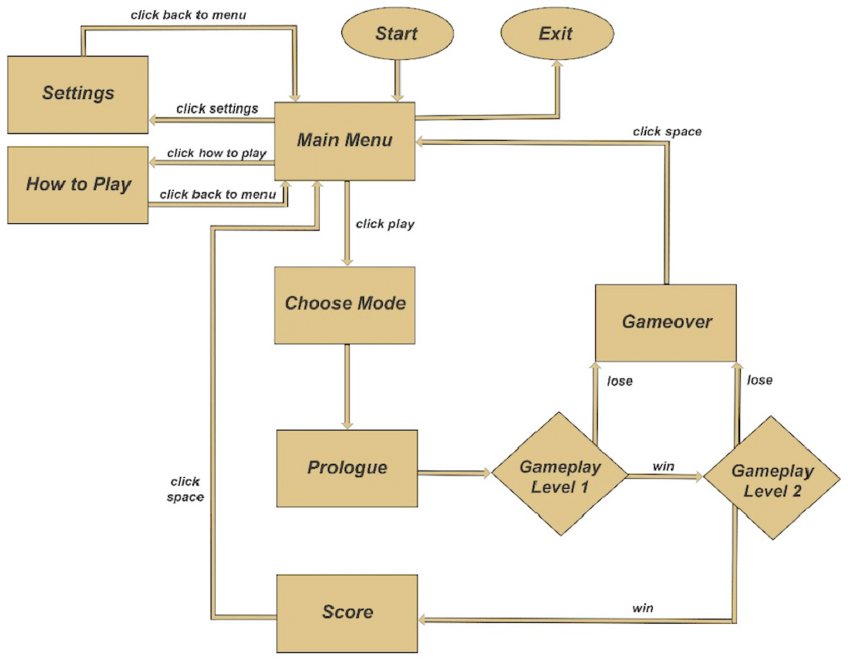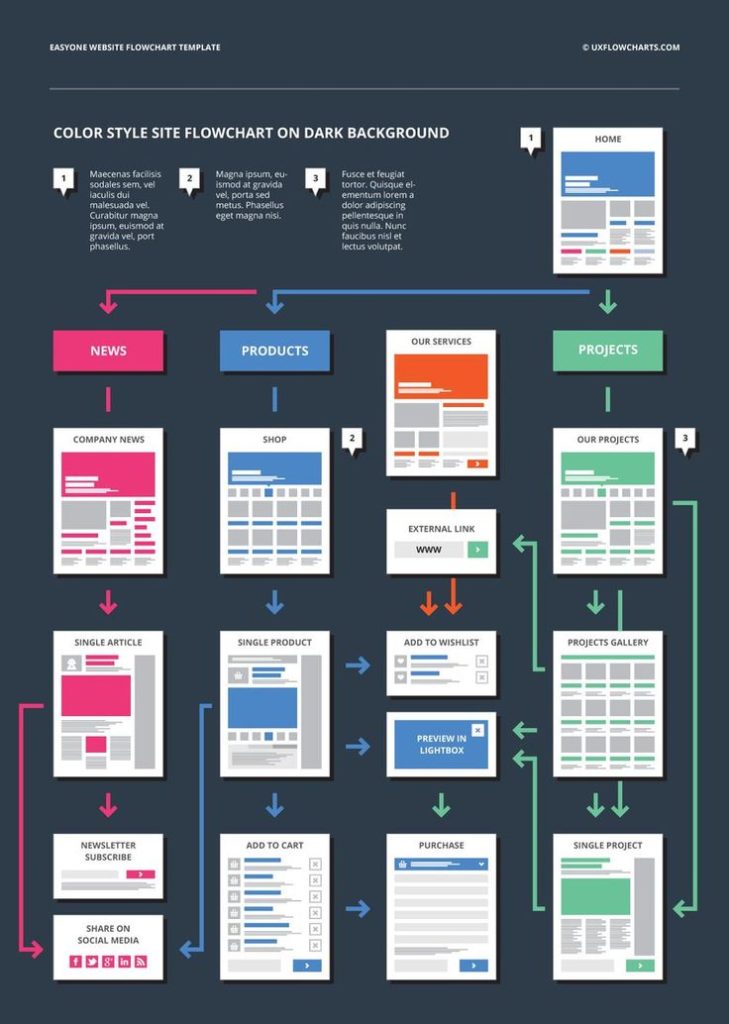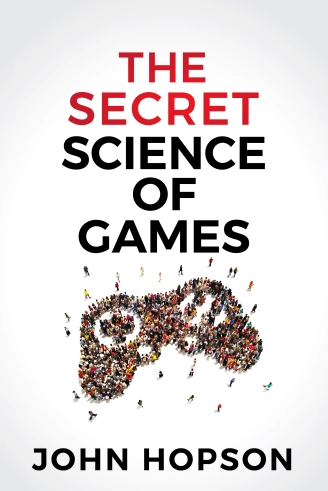Vanity metrics are metrics that are not used to make strategic decisions. They are used internally and externally by a team to make a good impression.
During the development of a video game, some useful metrics can become vanity metrics. The measure of MAUs, Monthly Active Users for example is often used as a vanity metric. An MAU is a player who has logged into the game at least once during the month. It is a measure that says little, with which few decisions can be made. Yet, if we have many MAUs, our partners and investors will be happy to know about it.
Another vanity metric I see in the world of premium development is the number of wishlists on Steam. Steam algorithm recommends your game based on the speed of getting wishlists. Wishlists are useful, but the metric representing the overall number is not. I have never seen a single company making strategic decisions based on that number. A premium games company decides to make a game and goes until the end. Having many wishlists motivates the team and piques the publisher’s interest. A textbook vanity metric.
Are vanity metrics useless?
Absolutely not! They help move things along, they help with certain discussions. I compare them to the placebo in medicine. Placebo is proven to work on so many occasions. Monitoring, presenting, and discussing vanity metrics allows us to unlock many situations.
If a game has tens of thousands of people returning every month at least once, this opens doors to investors. The fact of having many wishlists allows a publisher to focus their campaigns more on our game. The team benefits from it because it’s easier to prove that artistic decisions are the right ones. Proving artistic choices is hard, art has a strong aesthetic component. That’s where vanity comes in!


